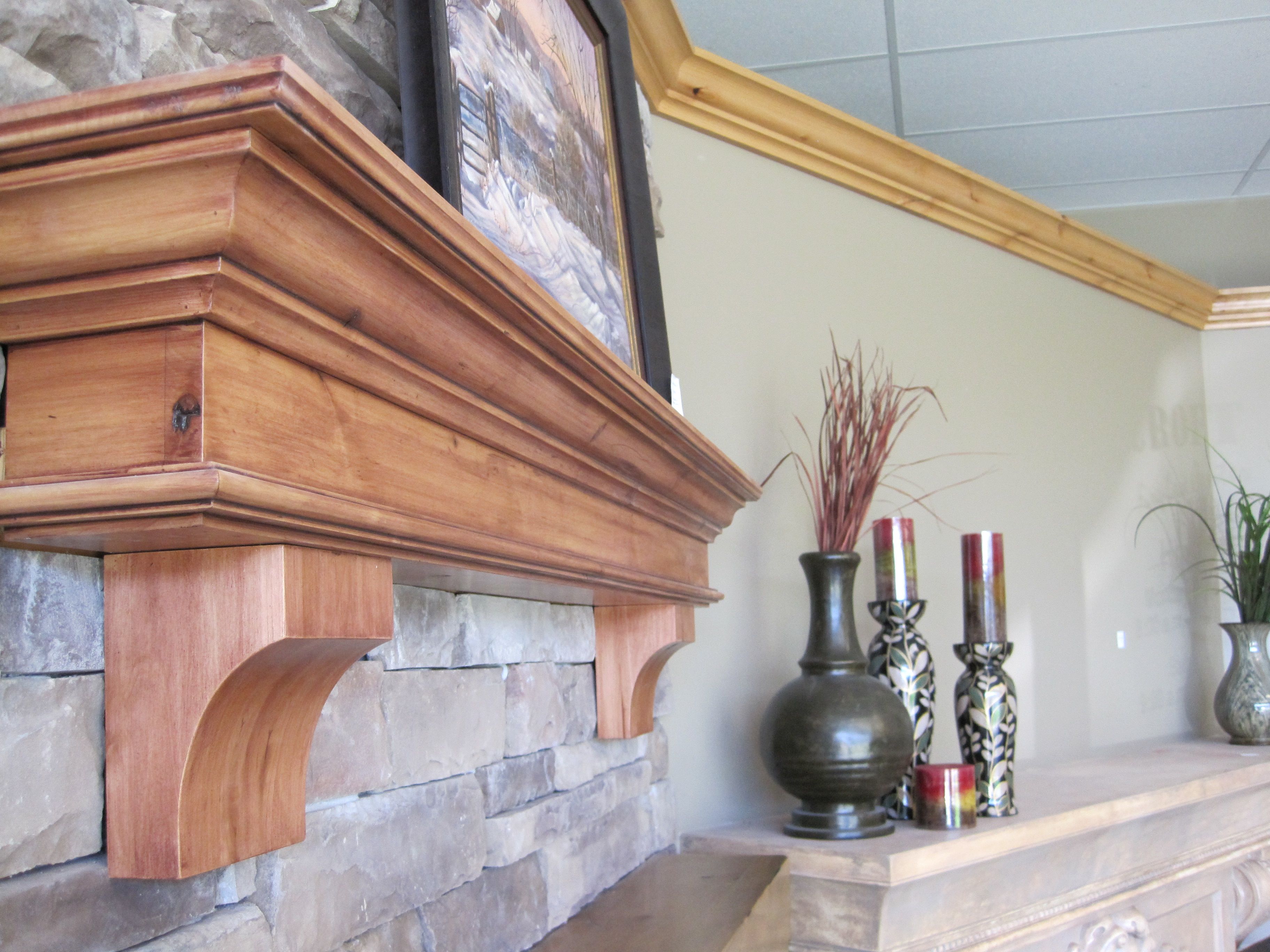Fireplace mantels have evolved over the years from simple functional pieces to elaborate focal points that can define a room’s decor. Choosing a unique fireplace mantel can transform your living space, adding character, warmth, and a personalized touch. We will talk about different things related to unique fireplace mantels, from design inspiration and material choices to installation tips and maintenance.
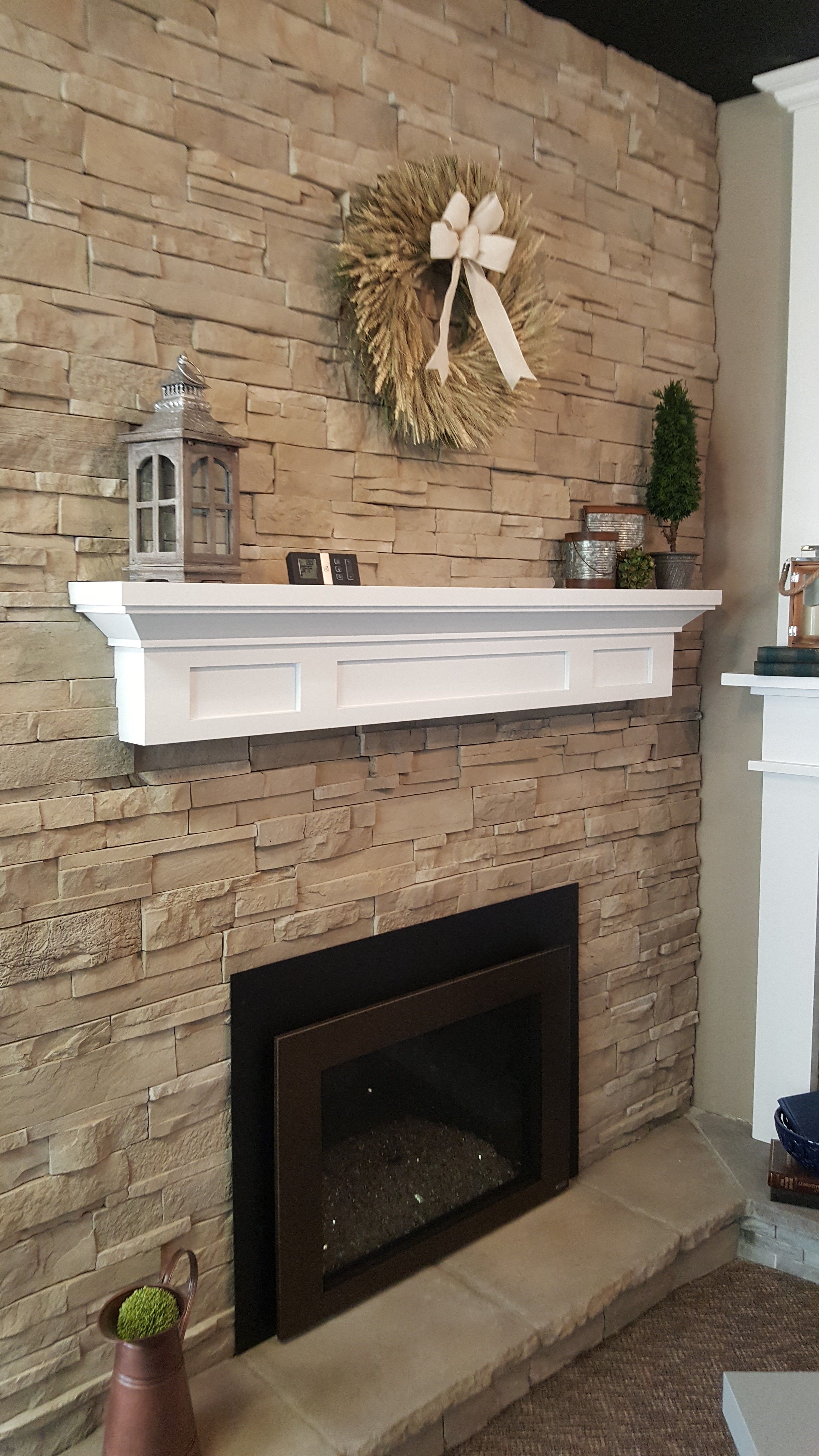
Historical Significance and Evolution
Fireplace mantels have a rich history dating back to medieval times when they served a primarily functional purpose of directing smoke into the chimney. Originally, mantels were simple, often just a hood or a shelf above the fireplace opening. Over time, they evolved into more elaborate structures, reflecting the architectural and design trends of their periods.
During the Renaissance, mantels became grander, with intricate carvings and designs that often depicted scenes from mythology or nature. This period saw the mantelpiece transform from a purely functional component to an artistic focal point in the home. Wealthy homeowners would commission skilled artisans to create custom mantels that showcased their status and taste.
The Victorian era brought further evolution, with mantels becoming even more ornate. Cast iron and marble were popular materials, and designs often featured intricate scrollwork and floral motifs. This period also saw the introduction of tile surrounds, adding another layer of decorative potential to fireplace mantels.
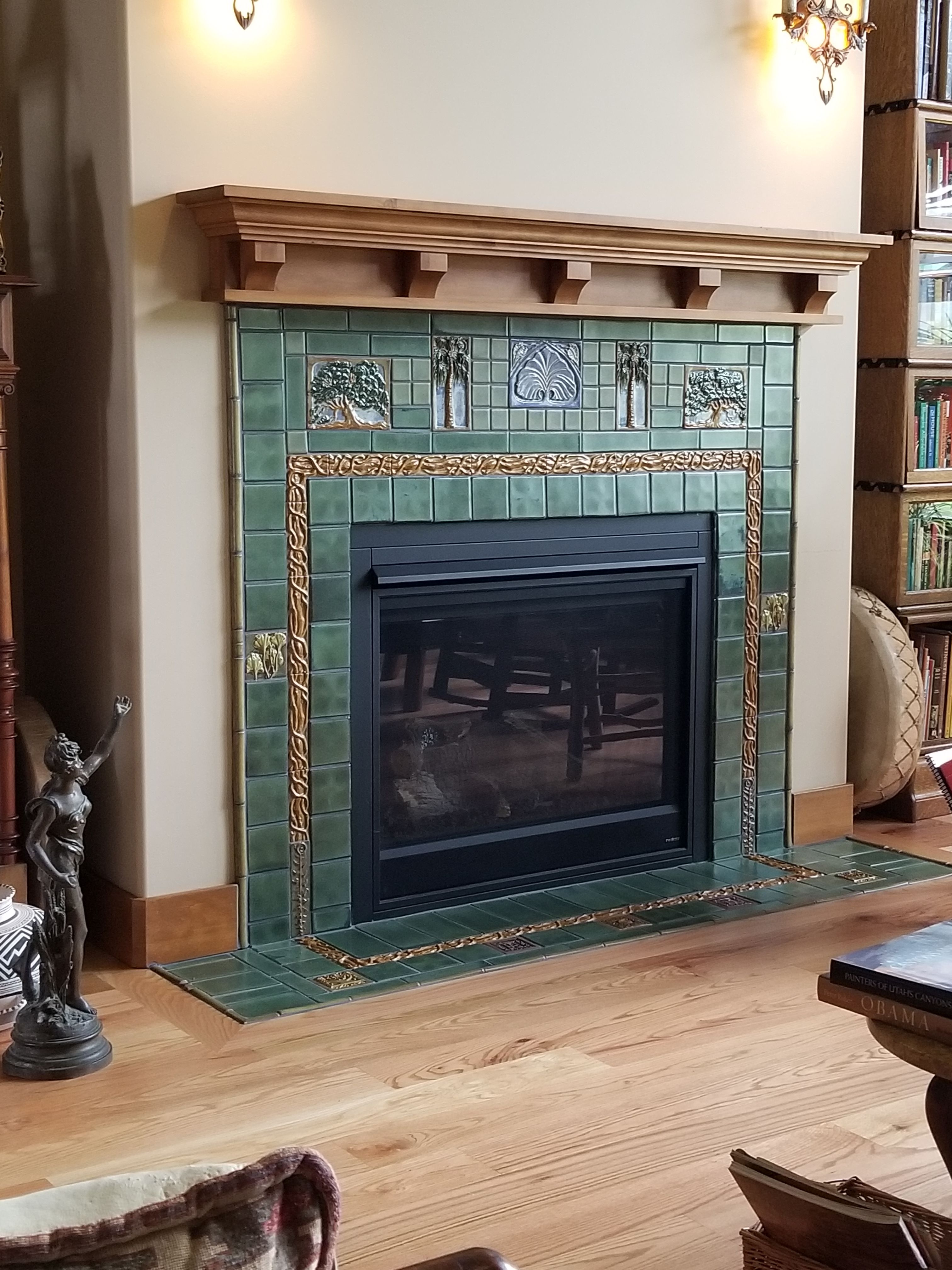
In the 20th century, fireplace mantels saw a shift towards simpler, more streamlined designs, influenced by the modernist movement. However, the desire for unique, personalized mantels persisted, with homeowners and designers seeking to blend historical styles with contemporary aesthetics.
Today, fireplace mantels continue to be a central design element in many homes. Advances in materials and fabrication techniques have expanded the possibilities for unique designs. Homeowners can choose from a wide range of styles, from rustic reclaimed wood to sleek, modern concrete, allowing for endless customization options.
Understanding the historical significance and evolution of fireplace mantels can inspire homeowners to appreciate the blend of functionality and artistry that a unique mantel brings to a space. Whether drawing from historical designs or creating something entirely new, the mantel remains a testament to personal style and craftsmanship.
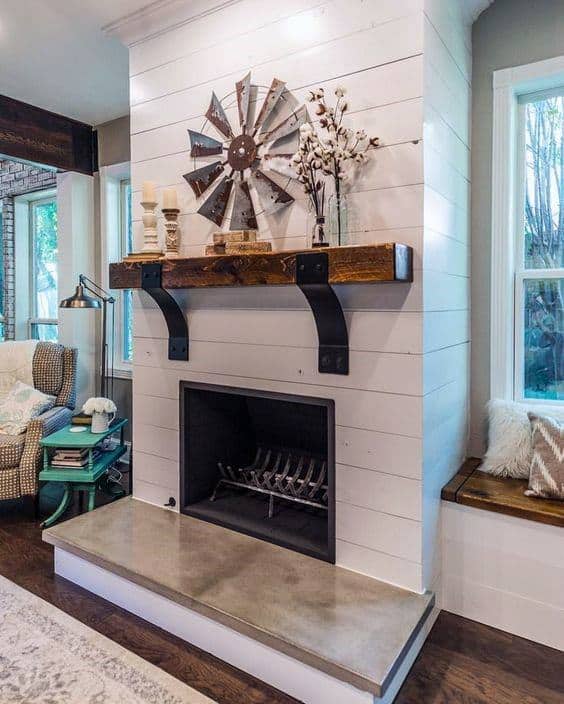
Materials for Unique Fireplace Mantels
The choice of material is crucial when designing a unique fireplace mantel. Different materials offer distinct aesthetic qualities, durability, and maintenance requirements. Here, we explore several popular options that can help create a truly unique mantel.
Wood is one of the most traditional and versatile materials for fireplace mantels. It offers warmth and natural beauty, with a range of styles from rustic reclaimed beams to finely carved hardwoods. Wood mantels can be stained, painted, or left in their natural state, providing flexibility in design. However, wood requires regular maintenance to protect it from heat and potential fire hazards.
Stone mantels, such as those made from marble, granite, or limestone, add a sense of grandeur and permanence to a fireplace. Stone can be intricately carved for a classic look or left with a rough-hewn finish for a more rustic appeal. While stone mantels are durable and heat-resistant, they can be heavy and may require additional support during installation.
Metal mantels, including options like wrought iron, stainless steel, or copper, offer a sleek and modern aesthetic. Metal can be shaped into various designs, from minimalist to intricate patterns. These mantels are durable and require minimal maintenance, but they can be prone to scratches and may not provide the same warmth as wood or stone.

Concrete is an increasingly popular choice for contemporary fireplace mantels. It can be molded into virtually any shape and finished with different textures and colors. Concrete mantels offer a modern, industrial look and are highly durable. However, they can be heavy and may require professional installation to ensure proper support.
Tile mantels and surrounds can add color and pattern to a fireplace design. Tiles can be ceramic, porcelain, glass, or even hand-painted for a truly unique look. Tile mantels are versatile and can be customized to match any decor style. They are also easy to clean and maintain, though installation can be time-consuming and requires precision.
Reclaimed materials such as barn wood, antique bricks, or salvaged architectural elements, provide an eco-friendly option with a unique history. Using reclaimed materials adds character and a sense of story to the mantel. However, sourcing and working with these materials can be challenging and may require special treatment to ensure they are safe and suitable for use.
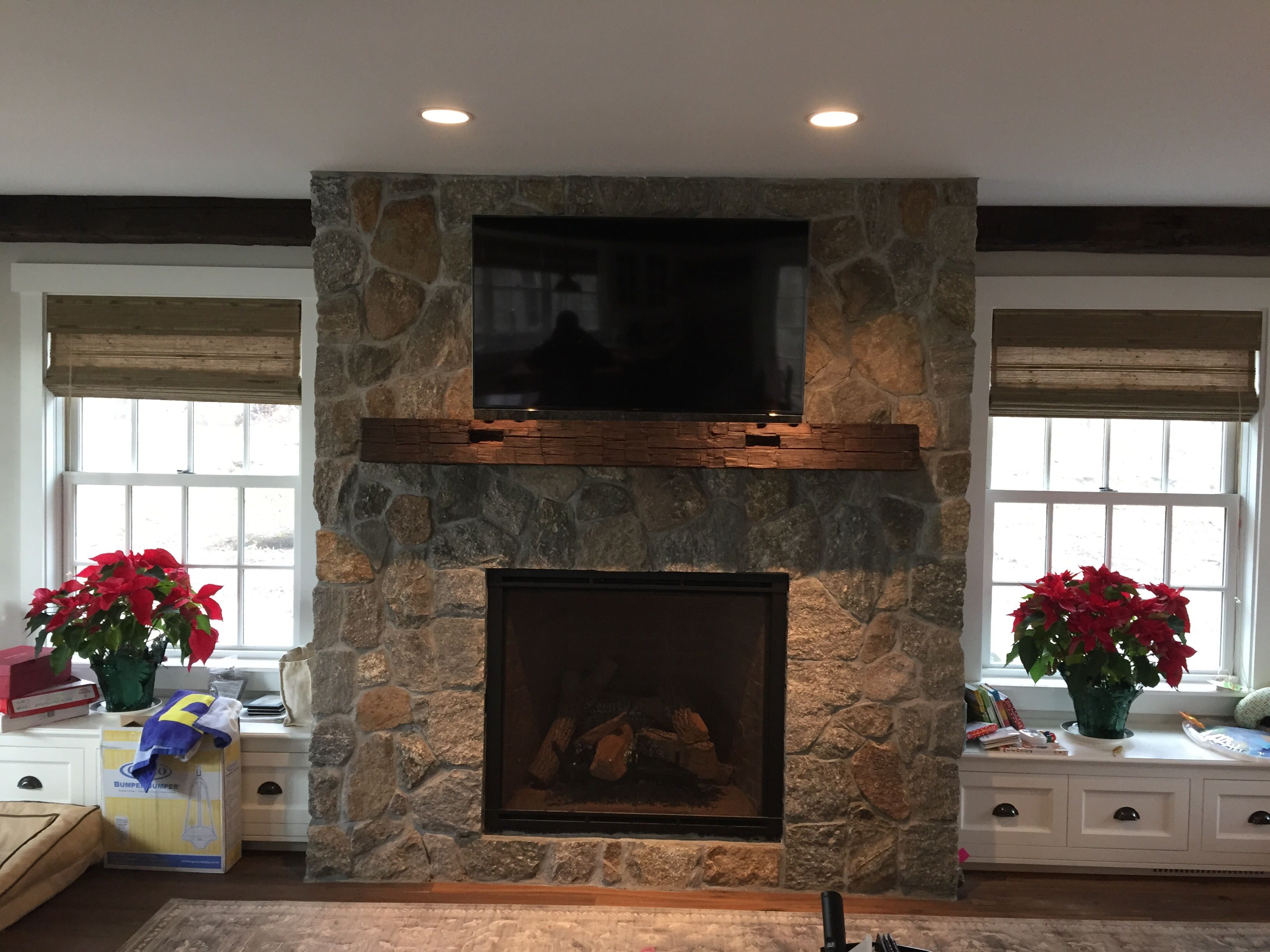
Interesting Articles You May Want to Check:
- Colonial Fireplace Mantel Ideas
- Black Fireplace Mantel
- Fireplace Mantel Height with TV Above
- Black Wood Fireplace Mantels
- Low Fireplace Mantel For TV

Design Inspirations
Creating a unique fireplace mantel involves blending aesthetics with personal taste and the overall decor of the room. Here are several design inspirations to consider when crafting a distinctive mantelpiece.
Rustic Charm: Embrace the natural beauty of wood with a rustic fireplace mantel. Reclaimed wood beams, with their rich textures and weathered finishes, can add warmth and character to any space. Pairing the wood with stone surrounds or earthy decor elements can enhance the rustic feel. This style is perfect for country homes, cabins, or anyone looking to bring a touch of nature indoors.
Modern Minimalism: For a sleek and contemporary look, consider a minimalist mantel design. Clean lines, simple shapes, and materials like concrete or metal create a modern aesthetic. A floating mantel shelf with no visible supports can enhance the minimalist appeal. Complementing the mantel with modern art pieces or geometric decor can complete the look.
Classic Elegance: Drawing inspiration from historical designs, a classic mantel can add a touch of sophistication and timeless beauty. Carved stone or intricately detailed wood mantels can serve as a focal point in traditional or formal living spaces. Adding elements like antique mirrors, ornate candlesticks, or vintage artwork can enhance the elegance.
Industrial Edge: An industrial-style mantel can bring an edgy, urban vibe to a room. Materials like exposed brick, metal, and concrete work well for this look. A simple metal shelf or a concrete slab mantel paired with industrial lighting and decor elements like gears, pipes, or factory-inspired art can create a cohesive industrial aesthetic.
Artistic Expression: For those who want to make a bold statement, an artistic mantel design can be the perfect choice. Custom sculptures, mosaic tiles, or hand-painted designs can turn the mantel into a work of art. This approach allows for endless creativity and can reflect the homeowner’s personality and artistic taste. Collaborating with local artists or craftsmen can result in a truly unique piece.
Eclectic Mix: An eclectic mantel design combines elements from different styles to create a unique and personalized look. Mixing materials like wood, metal, and tile, or combining modern and vintage pieces can result in a distinctive and dynamic design. This style works well for those who enjoy experimenting with decor and want a mantel that reflects their diverse tastes.
Installation Tips
Installing a fireplace mantel can be a DIY project or a task for professionals, depending on the complexity of the design and materials used. Here are some essential tips to ensure a successful installation.
Preparation: Before beginning the installation, gather all necessary tools and materials. This typically includes the mantel, mounting hardware, a level, tape measure, drill, screws, and anchors. Ensure the wall or structure where the mantel will be installed is strong enough to support its weight. For heavier mantels, additional support may be needed.
Measuring and Marking: Accurate measurements are crucial for a successful installation. Measure the height and width of the fireplace opening and mark the desired placement of the mantel on the wall. Use a level to ensure the markings are straight. Double-check all measurements before proceeding to avoid mistakes that could be difficult to correct.
Mounting Brackets: For most mantels, mounting brackets are used to secure the mantel to the wall. Follow the manufacturer’s instructions for installing the brackets. Use a drill to create pilot holes for the screws, and ensure the brackets are level and securely attached to the wall. For heavy mantels, additional brackets or supports may be required.
Securing the Mantel: Once the brackets are in place, carefully lift the mantel and position it on the brackets. Depending on the design, the mantel may need to be screwed or bolted to the brackets. Ensure the mantel is level and securely fastened. For larger mantels, having an extra set of hands can be helpful during this step.
Finishing Touches: After the mantel is securely installed, add any finishing touches such as trim or molding. Fill any gaps or holes with caulk or wood filler, and sand smooth if necessary. If the mantel is unfinished, apply stain, paint, or sealant according to the manufacturer’s recommendations.
Safety Considerations: Ensure that the mantel is installed at a safe distance from the fireplace opening to prevent heat damage or fire hazards. Follow local building codes and manufacturer guidelines regarding clearances and materials. For gas or electric fireplaces, ensure proper ventilation and installation of any electrical components.

Maintaining Your Fireplace Mantel
Regular maintenance is essential to keep your fireplace mantel looking beautiful and functioning properly. Different materials require different care routines, so it’s important to understand how to maintain your specific mantel.
Wood Mantels: Clean wood mantels regularly with a soft cloth to remove dust and dirt. Avoid using harsh chemicals or abrasive cleaners that can damage the finish. Periodically check for signs of wear or damage, such as cracks or loose joints, and address any issues promptly. Reapply stain or sealant as needed to protect the wood from heat and moisture.
Stone Mantels: Stone mantels should be cleaned with a damp cloth and a mild soap solution. Avoid acidic or abrasive cleaners that can damage the stone. For tougher stains, use a stone-specific cleaner. Periodically check for cracks or chips and repair them with stone filler or epoxy. Sealing the stone can help protect it from staining and moisture.
Metal Mantels: Clean metal mantels with a soft cloth and a mild soap solution. Avoid using abrasive cleaners or scrubbers that can scratch the surface. For stainless steel mantels, a stainless steel cleaner can be used to remove fingerprints and smudges. Periodically inspect for scratches or corrosion, especially in humid environments, and address any issues promptly.
Concrete Mantels: Concrete mantels are durable but can absorb stains if not properly sealed. Clean with a soft cloth and mild soap solution, avoiding abrasive cleaners that can scratch the surface. Periodically reseal the concrete to protect it from stains and moisture. Avoid placing hot objects directly on the concrete surface to prevent heat damage.
Tile Mantels: Clean tile mantels with a damp cloth and mild soap solution. Avoid abrasive cleaners that can scratch the tile surface or grout. Periodically check the grout lines for signs of mold or mildew and clean with a grout cleaner as needed. Reapply grout sealer to protect the grout from staining and moisture.
Reclaimed Material Mantels: Follow the specific care instructions for the materials used in your reclaimed mantel. Wood may require periodic resealing or staining, while antique bricks or architectural elements may need gentle cleaning with a soft brush or cloth. Avoid harsh cleaners that can damage or discolor the materials.
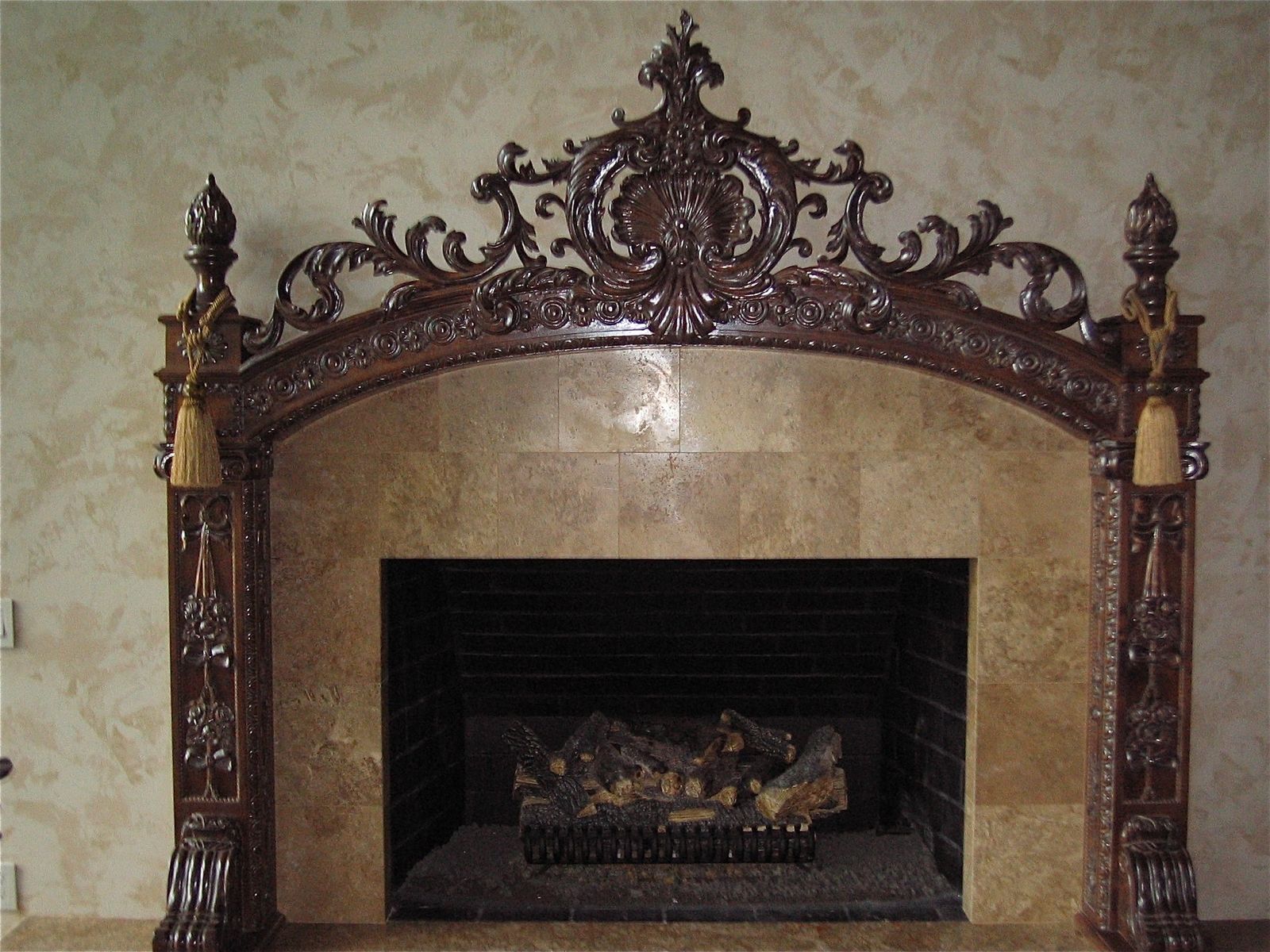
Common Mistakes to Avoid
When choosing, installing, and maintaining a unique fireplace mantel, there are common mistakes that homeowners should avoid to ensure a successful and safe experience.
Incorrect Measurements: One of the most common mistakes is not taking accurate measurements of the fireplace and the space where the mantel will be installed. Incorrect measurements can lead to a mantel that doesn’t fit properly or looks out of proportion. Always measure multiple times and consult with a professional if necessary.
Ignoring Safety Guidelines: Fireplace mantels must comply with local building codes and safety regulations. Ignoring these guidelines can result in fire hazards, inadequate support, or improper ventilation. Always follow manufacturer instructions and seek professional advice when necessary to ensure a safe installation.
Choosing the Wrong Material: Each material has its own characteristics and maintenance requirements. Choosing a material that doesn’t suit your lifestyle, aesthetic preferences, or fireplace type can lead to dissatisfaction or additional maintenance costs. Consider factors such as durability, heat resistance, and maintenance when selecting a mantel material.
Poor Installation: Improper installation can compromise the structural integrity of the mantel and pose safety risks. Whether DIY or professionally installed, ensure that the mantel is securely attached to the wall or fireplace surround. Use appropriate mounting hardware and follow installation instructions carefully to prevent accidents or damage.
Neglecting Maintenance: Regular maintenance is essential to preserve the beauty and functionality of your fireplace mantel. Neglecting to clean, inspect, or repair the mantel can lead to deterioration, stains, or even safety hazards over time. Establish a routine maintenance schedule and follow manufacturer recommendations for care and upkeep.
Overlooking Clearances and Ventilation: Fireplace mantels must maintain proper clearances from the fireplace opening to prevent heat damage and ensure safe operation. Ignoring clearance requirements or obstructing ventilation openings can increase the risk of fire or affect the performance of gas or electric fireplaces. Always adhere to clearance guidelines specified by the manufacturer.
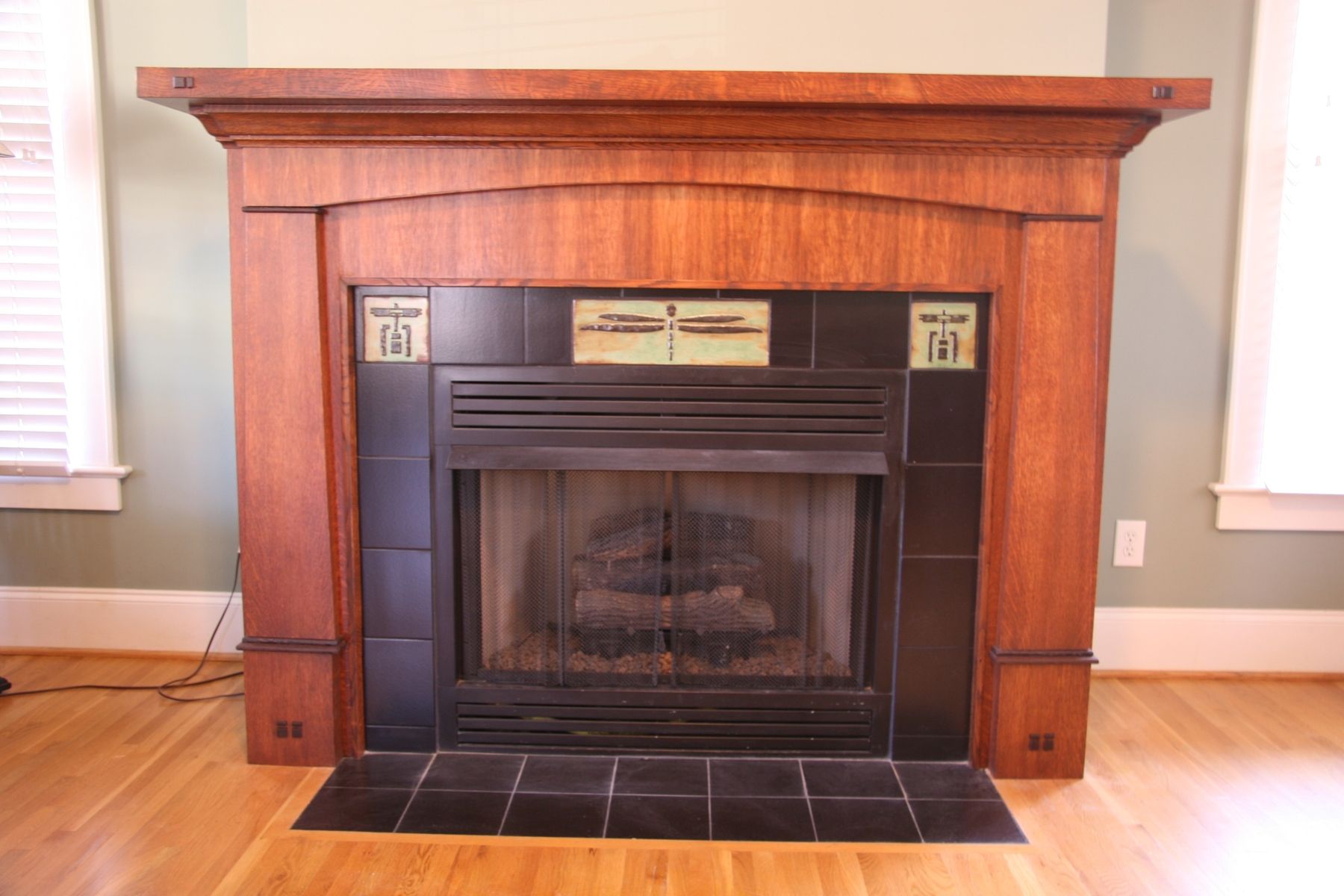
What are some popular styles for unique fireplace mantels?
Unique fireplace mantels can be styled in various ways, including rustic reclaimed wood, sleek modern concrete, ornate stone carvings, minimalist metal designs, artistic custom sculptures, and eclectic mixes of materials and styles. Choosing a style depends on personal preference, home decor, and desired aesthetic.
How do I choose the right material for my fireplace mantel?
When choosing a material for your fireplace mantel, consider factors such as durability, maintenance requirements, aesthetic appeal, and compatibility with your fireplace type. Wood, stone, metal, concrete, tile, and reclaimed materials each offer unique characteristics and can complement different decor styles.
Can I install a unique fireplace mantel myself?
Installation difficulty depends on the mantel’s design, weight, and your DIY skills. Simple mantels may be DIY-friendly with proper tools and instructions, but heavier or more complex designs may require professional installation to ensure safety and proper support.
How can I personalize a unique fireplace mantel?
Personalizing a mantel involves choosing a design that reflects your style and interests. You can incorporate custom carvings, artwork, family heirlooms, or unique materials to create a mantel that is truly one-of-a-kind and enhances the overall ambiance of your living space.
What are some tips for maintaining a unique fireplace mantel?
Regularly clean your mantel using appropriate cleaning methods for its material. Inspect for damage or wear, and address issues promptly. Avoid placing hot objects directly on the mantel surface and follow manufacturer recommendations for maintenance and care.
How can I ensure my fireplace mantel complies with safety regulations?
To ensure safety, follow local building codes and manufacturer guidelines regarding clearances, materials, and installation methods. Properly ventilate gas or electric fireplaces and ensure the mantel is securely mounted to prevent accidents or damage.
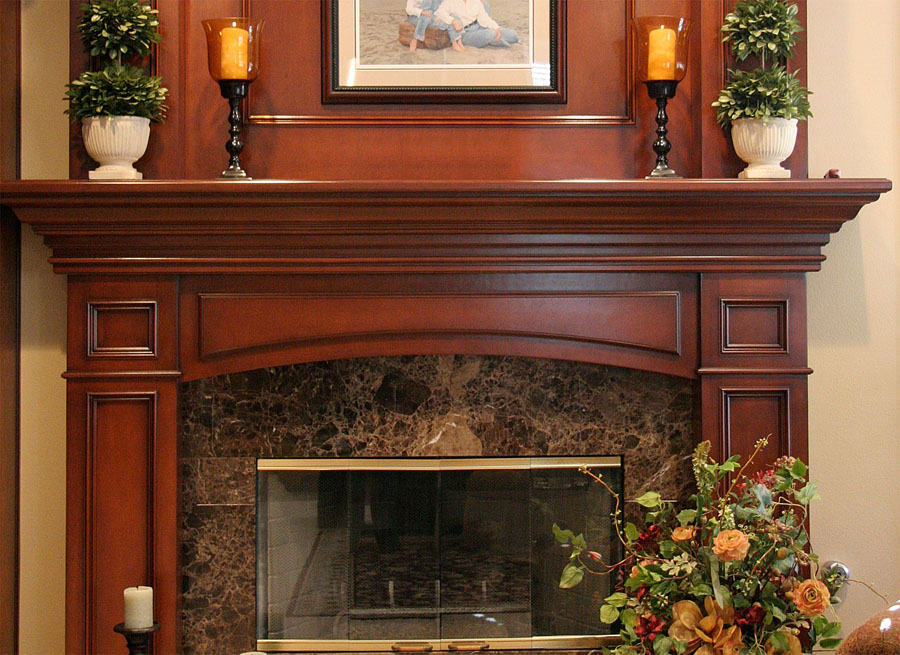
Related Posts:
- White Fireplace Mantel Shelves
- Fireplace Mantel Scarves Christmas
- Stone Fireplace Mantels With TV
- Fireplace Mantel Entertainment Center
- Walnut Fireplace Mantel
- Fireplace Mantel Decorating Ideas for Everyday
- How To Remove Fireplace Mantel
- White Fireplace Mantel Shelf
- Non Combustible Fireplace Mantel Shelf
- Corner Fireplace Mantel Shelf
